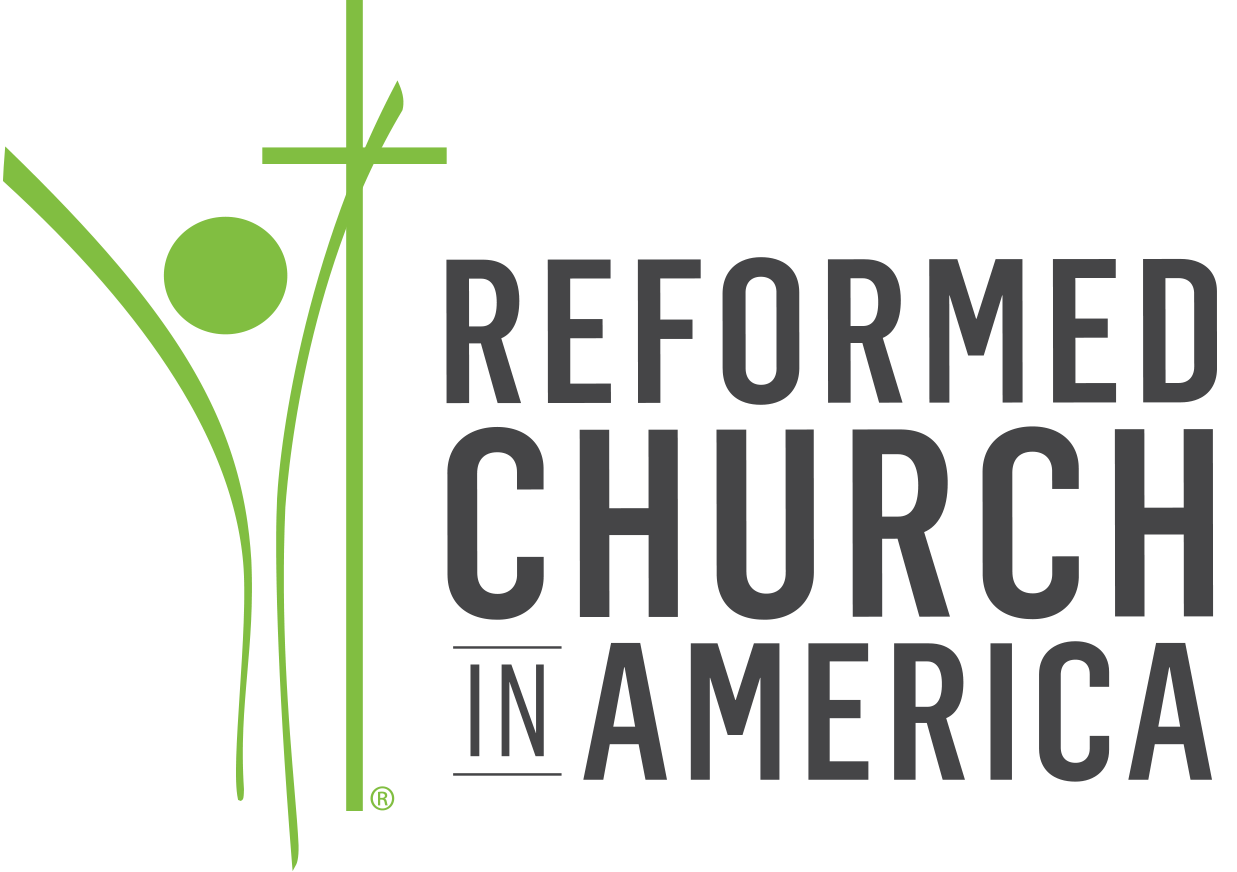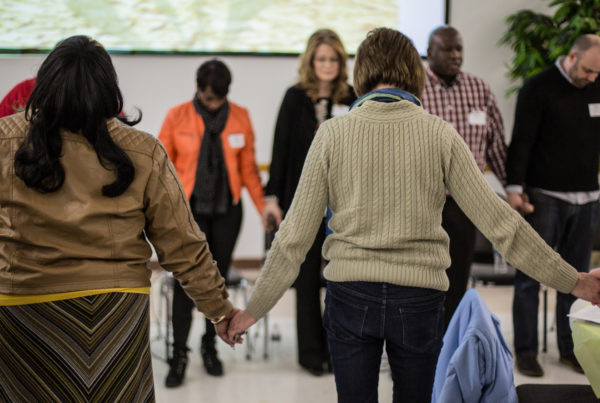The Synod of Canada sent three young adults to a recent learning event for church leaders.
By John Kapteyn
On January 12-14, 2015, leaders from across the RCA gathered in Tempe, Arizona, for “Between Reformation and Revolution,” a learning event. The Regional Synod of Canada sponsored three young adults or “emerging leaders” to attend, as we believe we need to encourage and equip the next generation of leaders for our synod churches.
The three participants were Marion van den Akker from Emmanuel Reformed Church in Woodstock, Ontario; Phil Balt from Ebenezer Reformed Church in Stoney Creek, Ontario; and Lee Moltzahn from Monarch Reformed Church in Alberta.
I was very impressed with these three young adults, their deep faith and their desire to see the churches in our regional synod as faithful to God’s call for us to be his light in the world.
Soong-Chan Rah was our guest speaker; he is the author of The Next Evangelicalism: Freeing the Church from Western Cultural Captivity.
We heard that many North American Christians are leaving the church, and an increase of recent immigrants have come into the church. This is making the church more diverse. More people are going to megachurches, so the mainline church is declining in numbers. And statistics show that the majority of those who leave the evangelical church end up not going to church at all.
Marion shares about a new concept she found helpful:
We talked about social capital and brokerage. I had never heard of this before but [it] made sense when it was explained. And as I was thinking about it, it can really be applied to many other structures, not just church. [Rah] said that social capital explains how people do better because they are somehow better connected with people (example: gain social capital when one cleans a neighbour’s driveway after a snowfall). Brokerage happens when a person can move between different social groups and gain social capital. The church needs brokers who bridge the gaps as it increases variation within church.
Phil was interested in what he heard about Transformed & Transforming and how the denomination is changing to engage the vision. He shares:
There are four main tasks that the RCA has decided to focus on over the next 15 years and has called these ministry shifts the Transformed and Transforming strategy. Using this strategy, the RCA hopes to perform the following changes within the church which will be program to process, loyalty to value-added, institutional to missional, and doing to equipping.
It is time for the RCA to go back to basics—far enough back that God’s people were undivided, where we had no artificial barriers, where we were called to love everyone, regardless of our differences. We are all God’s children and it is time to become one people once more, not just in one area, but in all aspects of our lives. Even if we don’t accomplish such a thing through the [Transformed & Transforming] strategy, it is most certainly a step in the right direction.
Lee shares the following insights he came away with:
In my opinion, the congregations that are struggling with the concept of [Transformed & Transforming] are seeing this vision as program, not a process. A program is easy to see and measure success, while a process is much more difficult to visualize. However, I would say many churches are already practicing [Transformed & Transforming] without even realizing it. These congregations may have a similar vision, just called by another name or not named at all.
In order for the Christian church to grow in faith and answer God’s call was that each church needs to be/become their “community’s church” regardless of where that is and the ethnicity of that community. The make-up of your congregation should resemble the demographic of the people who call that area home.
Through experiences such as this conference, my hope is that the knowledge gained/shared will help my little country church keep moving toward becoming the ‘community’s church’ and aid our members in becoming more authentic and real. What exactly that looks like, I’m not sure, but I think we are up to the task.
My hope is that all of our churches will involve more young leaders in leadership and ministries. I personally have been blessed with the number of young leaders that have been part of the visioning process I have facilitated in a number of churches.
John Kapteyn is executive secretary for the Regional Synod of Canada.



